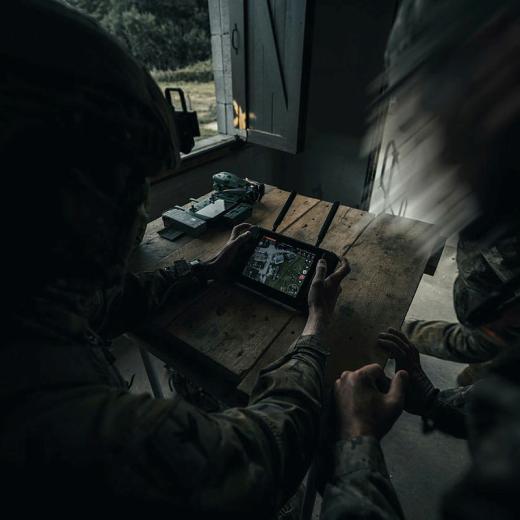BLUF
High-tech high-altitude balloons could enhance military capability and provide a force multiplier for existing weapon systems.Summary
Long-range weapons need accurate targeting to be effective. Therefore, developments in experimental stratospheric balloons could be a force multiplier. Key points:
- Low cost and cheaper to replace than aircraft.
- Can go undetected by enemy air defences.
- Particularly useful for regions that need persistent observation.
- It can be used to seed areas behind enemy lines with thousands of tiny radio-frequency sensors to map enemy positions through electronic signals, including radio waves and wi-fi.
- Allows precision strikes.
- Difficult to destroy.
- Could be used to release swarms of drones or flying circuit boards
- Undertakes missions aircraft can’t.
- Operates at 60,000 - 80,000 feet, far above typical aircraft flight paths.
- Integrated sensors threaten the drug trade and smuggling.
- Able to stay on station for days, instead of about 20 hours with a Global Hawk.
- Compliments Low Earth orbit satellites (100-1,200 miles height) offer limited coverage.
- Stratollites are being developed for the Pentagon and NASA.
- Gondolas carry daylight and thermal cameras, radar, radio frequency sensors, and solar panels.
- Able to change altitude, catch winds, and maintain position for up to four days.
- Needs rugged electronics to withstand extreme temperatures in space-like conditions.
- Gondolas that eliminate straight lines and sharp corners can evade radar.
- Following Hurricane Maria in 2017, Google used balloons for internet access for around 100,000 people.
- COvert Long Dwell STratospheric ARchitecture balloons use autonomous navigation, high fidelity sensors, and onboard AI.
Historical wartime use of balloons
- Spotted for the artillery in the US Civil War.
- WW 2 Japanese ‘Fu-go’ balloons carrying incendiary bombs unsuccessful tried to start forest fires in America.
- In the Cold War (before satellites), the USAF used spy balloons disguised as weather balloons over the Soviet Union.
References
- Jul 2020 Military and Aerospace Electronics Military eyes stealthy stratospheric balloons to help with communications, drop reconnaissance sensors
- Sep 2021 The Defense Post US Army Uses High-Altitude Balloons in Arctic Firing Exercise
- Sep 2021 Stars and Stripes Army unit uses high-altitude balloons for first time to coordinate rocket attack in Norway exercise





